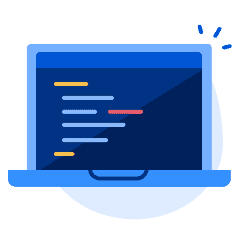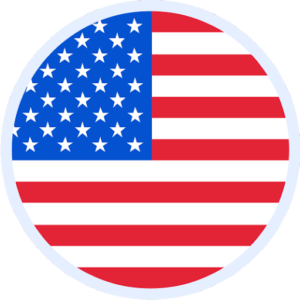Are you studying or planning to study in the United States (US)? Wondering what your options for work are, as an international student? In this blog, we take a closer look at the different ways F-1 international students can work while studying in the US. We’ll tell you where you can work, how many hours you can work, and the differences between CPT vs OPT. So, keep reading to find out more!
Note: This information is tailored to F-1 international students. Other international student visa classes in the US, like J and M, have different rules.
Want to study in the US, Canada, the United Kingdom, Ireland, or Australia? Choose from thousands of programs that best fit your needs and budget on the ApplyBoard platform, where we’ll simplify the process for you.
On- and Off-Campus Work in the US
The United States has strict rules for international students who want to work during their studies, especially if you wish to work off campus. F-1 students who want to work only on campus must get official authorization. Students looking to work off campus have further restrictions.
On-Campus Work
On-campus employment is work that takes place at the campus of the college or university where you’re currently studying. Active F-1 students may apply for on-campus employment up to 30 days before the start of classes.
Before starting an on-campus job, you must be authorized to do so. You can gain authorization by meeting with your institution’s Designated School Official (DSO) and getting a letter from them, certifying that your new job qualifies as on-campus employment.
Off-Campus Work
Off-campus employment is work that takes place outside of your institution’s campus. Before starting any work, this work must also be authorized by the DSO at your college or university.
Off-campus work is only available to F-1 students who:
- Have completed at least one full academic year of their program
- Are seeking jobs which are related to their area of study, and
- Are eligible for either CPT or OPT (see below for more on this!)
Note: In special cases, students who have an economic hardship may qualify for off-campus work under the Department of Homeland Security’s (DHS) emergent circumstances condition.
Now that we’ve explained on- and off-campus work, let’s explore the process of working as an international student in the US.

An Overview of the Process
International students enrolled full-time with valid F-1 status can generally work on or off campus for up to 20 hours per week when classes are in session, and full-time when classes are not in session. Depending on whether you’re working under CPT vs OPT, these hours may vary.
Before you apply for a job on or off campus, you must contact your institution’s DSO. They’ll let you know if you’re eligible, suggest opportunities, and share information you’ll need to apply for a Social Security Number.
Discover how to choose where to study in the US on our blog.

Curricular Practical Training (CPT)
Curricular Practical Training (CPT) trains you in your field of study. It must fulfill an academic credit or be part of your degree requirements, and must be completed before your program’s end date. You must also secure the training opportunity first, before applying for CPT.
Examples of CPT include paid or unpaid internships, co-operative education jobs, practicums, or any other experience related to your field of study.

Optional Practical Training (OPT)
Optional Practical Training (OPT) is a type of work authorization that allows you to work in jobs related to your academic program for up to one year, either before or after you graduate (Pre-completion OPT or Post-completion OPT). To be eligible for OPT, you must have active F-1 student status and must have studied for at least one academic year already.
Types of OPT
The different types of OPT are:
- Pre-completion OPT: Any portion of OPT used before your Program End Date.
- Post-completion OPT: Any portion of OPT used after your Program End Date.
- STEM OPT: A 24-month extension of a Post-completion OPT for students who have finished a designated science, technology, engineering, or math (STEM) degree. The list of eligible degrees is determined by DHS.
So, what’s the main difference between CPT and OPT? CPT is training within your academic program before graduation, while OPT is training that allows work related to your studies before or after graduation.
We asked education advisors at American institutions for their advice to international students. Find out what they said on our blog.
Whether you’re already an international student in the US, or you want to go there in the future, we hope this overview helps you make your work-while-studying plan. Best of luck in your future goals!
It all starts with you. Explore the ApplyBoard platform and take the first step to making your American study dreams come true.




